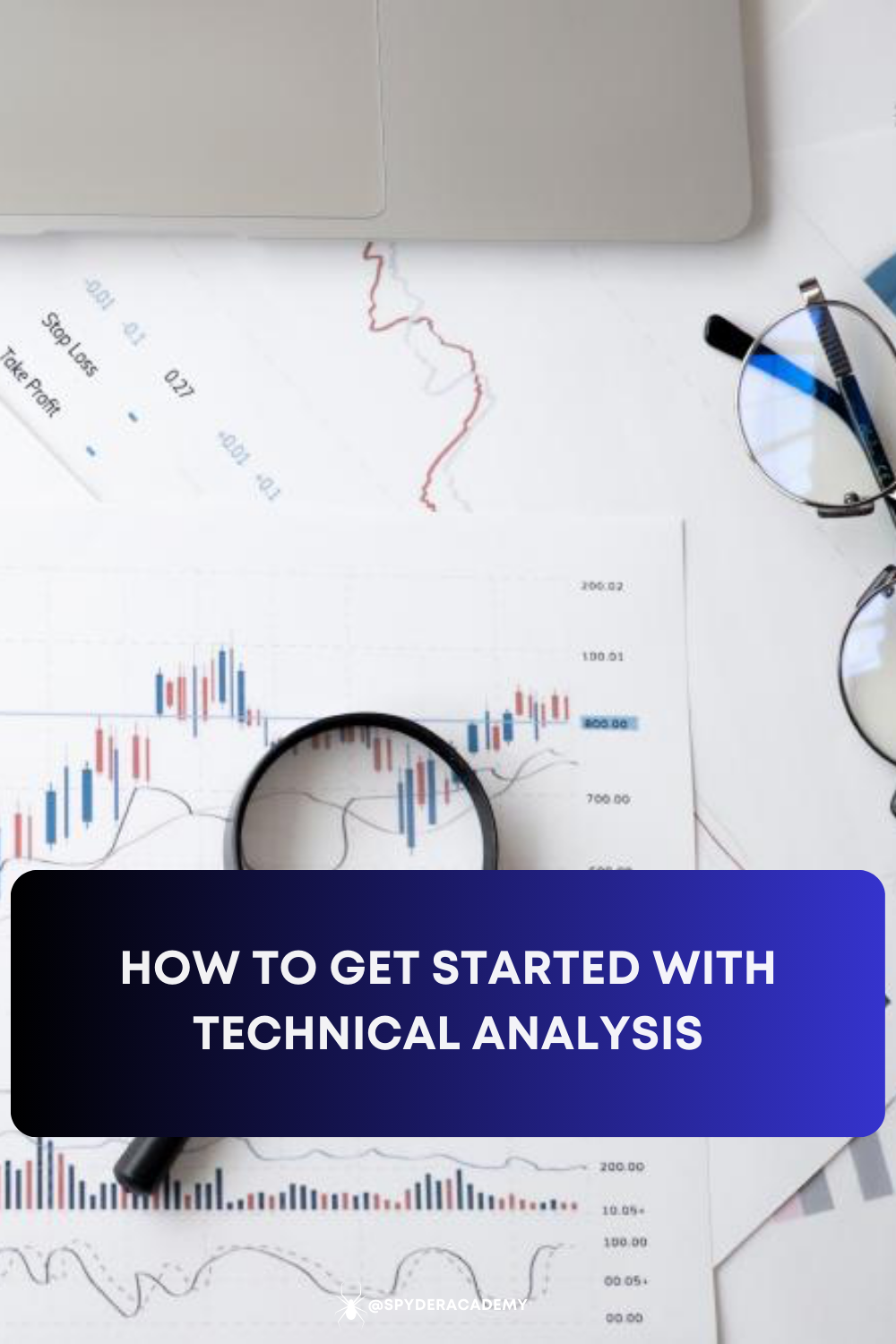Technical analysis is a trading discipline employed to evaluate investments and identify trading opportunities by analyzing statistical trends gathered from trading activity, such as price movement and volume. Unlike fundamental analysis, which looks at a company’s intrinsic value, technical analysis focuses on patterns of price movements, trading signals, and various other analytical charting tools.
Chart Types
Charts are essential tools for technical traders. Here are the main types you need to know:
- Line Charts: The simplest type of chart, a line chart plots the closing prices of a security over a specified time period.
- Bar and Column Charts: These charts provide more detail. Each bar shows the opening, closing, high, and low prices for a specific period.
- Candlestick Charts: These charts show the same information as a bar chart, but in a more graphical format that provides more detailed insights at a glance.
Trend Analysis
One of the key concepts in technical analysis is that of a trend, which is essentially the direction that a security is moving. There are three types of trends:
- Uptrend: Higher highs and higher lows.
- Downtrend: Lower highs and lower lows.
- Sideways/Horizontal trend: The price is neither increasing nor decreasing significantly.
Recognizing the trend can help you to make predictions about future price movements.
Support and Resistance
- Support: This refers to the price level at which demand is thought to be strong enough to prevent the price from declining further.
- Resistance: This refers to the price level at which selling is thought to be strong enough to prevent the price from rising further.
These levels are where the price tends to bounce back, and they can be used to identify potential buying and selling opportunities.
Technical Indicators
Technical indicators are mathematical calculations based on a security’s price and/or volume. The results are used to predict future price changes. Here are a few common ones:
- Moving Averages: This is an average of the security’s price over a specific number of periods. This can help to identify trends.
- Relative Strength Index (RSI): This measures the speed and change of price movements and can help identify if a security is overbought or oversold.
- Moving Average Convergence Divergence (MACD): This is a trend-following momentum indicator that shows the relationship between two moving averages of a security’s price.
Chart Patterns
Chart patterns are graphical representations of security prices that many traders believe can predict future price movement. These include Head and Shoulders, Double Top/Bottom, Triangles, Flags, and others.
Technical analysis can be a helpful tool, but it’s important to remember that it’s just one method of analyzing securities. Many traders use a combination of both fundamental and technical analysis to inform their trading decisions.
Volume Analysis
Volume refers to the number of shares or contracts that trade over a given period of time, usually a day. The higher the volume, the more active the security. Analyzing volume can help traders confirm the strength of a price move and understand the liquidity of a stock.
Here’s how volume can be analyzed in various scenarios:
- Trend Confirmation: A significant price increase or decrease with high volume may indicate the start of a new trend. On the other hand, a price move with low volume might be less significant.
- Price Reversals: An increase in volume can often signal an upcoming price reversal. For example, if a stock is in an uptrend but the volume is declining, it may indicate that the trend is about to reverse.
- Breakouts: Volume can help confirm a breakout. If a security moves above a resistance level or below a support level with an increase in volume, it might indicate a valid breakout.
- Bullish vs. Bearish Volume: Bullish volume occurs when the volume increases with a price increase, and decreases when the price decreases. Bearish volume, on the other hand, occurs when volume increases as price decreases, and decreases when price increases.
The analysis of volume is a major part of market indicators and helps traders to confirm the quality of a current trend or signal. Volume should move with the trend. If prices are moving in an upward trend, volume should increase (and vice versa). If the previous relationship between volume and price movements starts to deteriorate, it is usually a sign of weakness in the trend.




